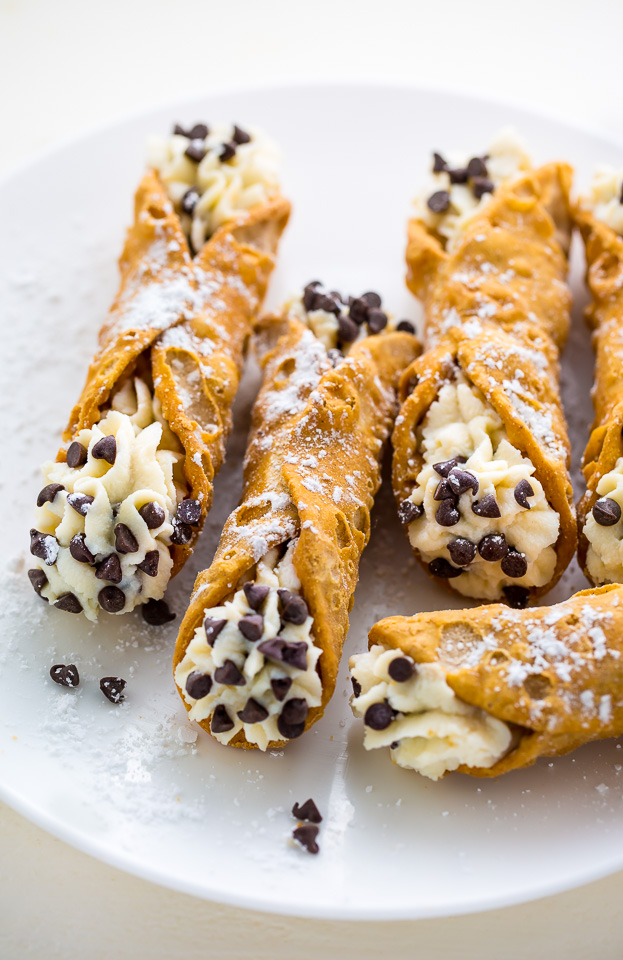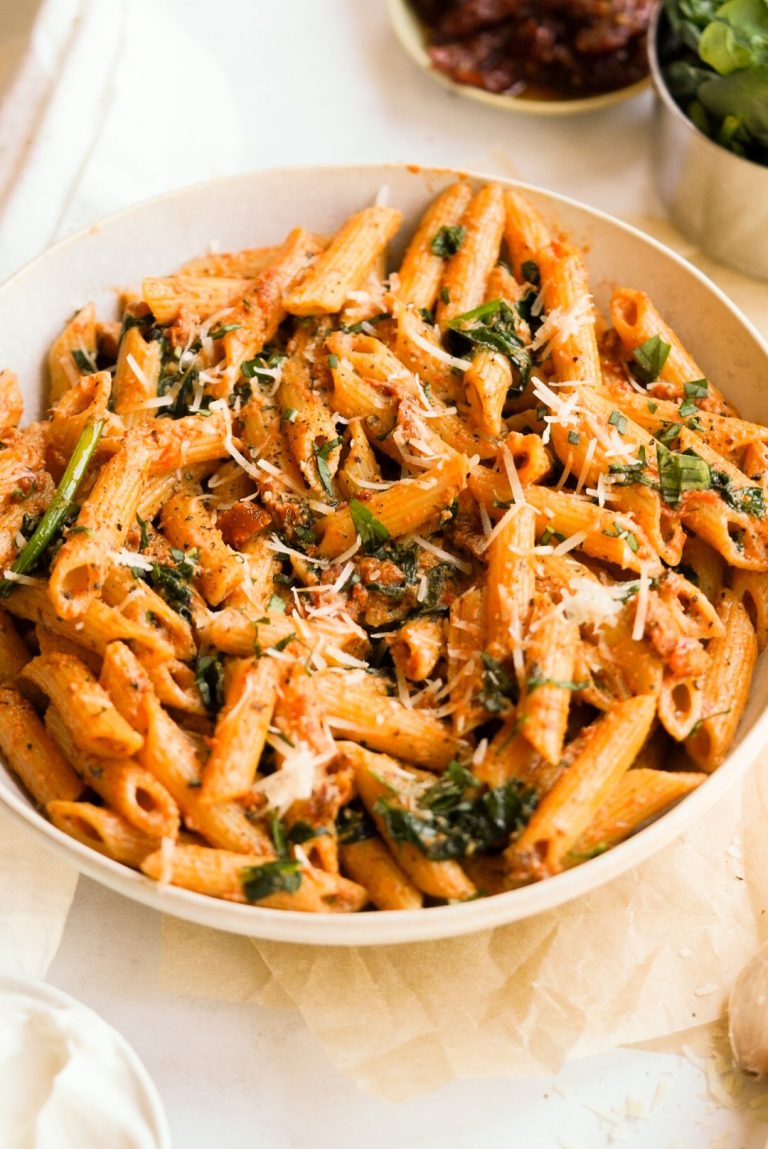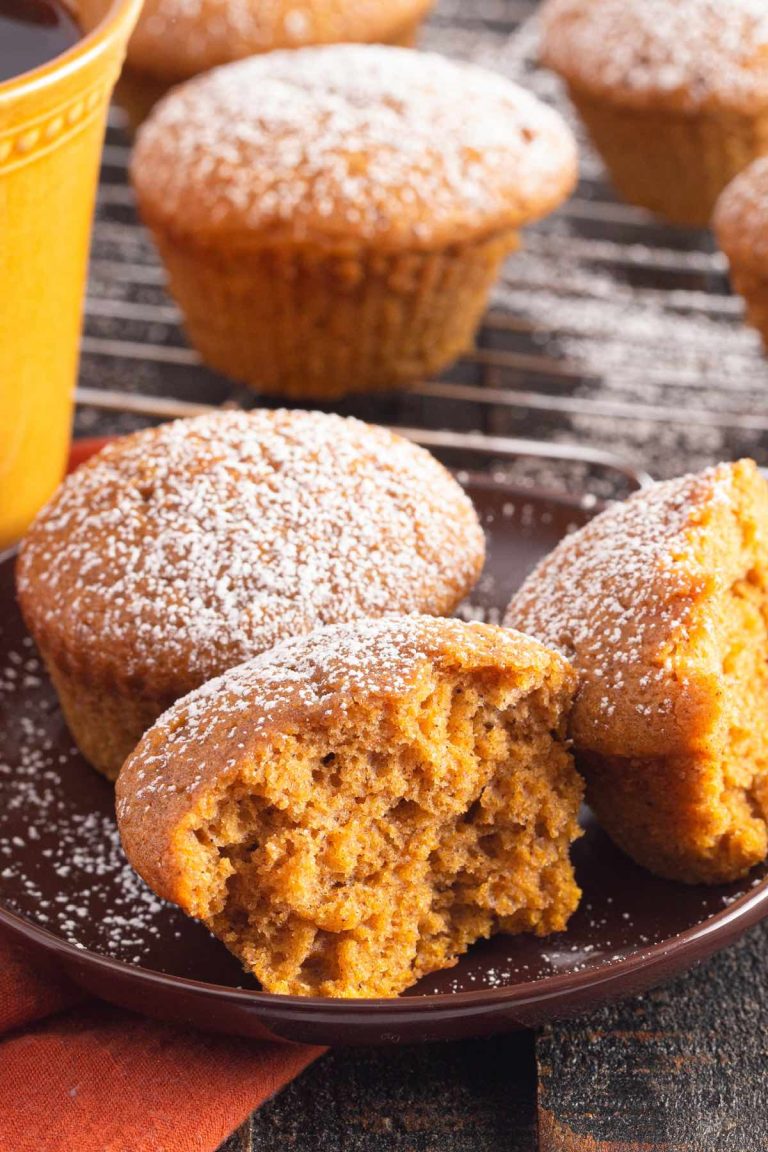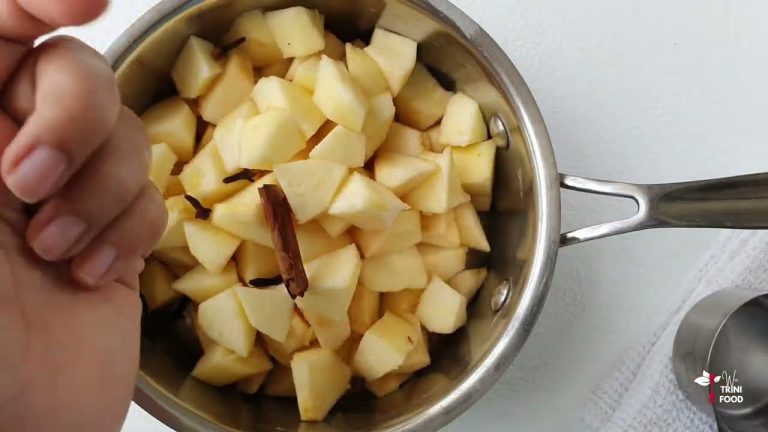Cannoli: Discover the History, Recipe, and Perfect Pairings
Cannoli traces its roots to Sicily, where it emerged as a classic dessert during the Arab rule in the 9th century. The Arabs introduced sugarcane to Sicily, revolutionizing local sweets. Cannoli, originally a festive treat for Carnevale, symbolized indulgence before Lent. The term “cannolo,” meaning “little tube,” references the cylindrical shape of the pastry shell, traditionally filled with sweet ricotta cheese. Over centuries, variations proliferated across Italy, incorporating regional ingredients like chocolate chips, candied fruits, and pistachios. Today, cannoli stands as a beloved dessert, revered globally for its unique blend of flavors and textures.
Cultural Significance in Sicily
In Sicily, cannoli holds deep cultural importance. It’s celebrated not just as a dessert but as a symbol of Sicilian heritage and festivity. Families pass down secret recipes through generations, safeguarding the dessert’s tradition. During festivities, Italian-Americans often include cannoli in their celebrations, reinforcing a link to their ancestral roots. Moreover, local festivals and bakeries showcase cannoli, reflecting the community’s pride in this iconic treat. Cannoli also represents a sense of unity, as making them is often a communal activity, bringing families and friends together in a shared experience of craftsmanship and enjoyment.
Key Ingredients of a Traditional Cannoli
The Crunchy Shell
The distinctive characteristic of a traditional cannoli is its crunchy shell. Made from wheat flour, lard, sugar, and a touch of marsala wine, cannoli shells achieve a crispy texture through deep frying. Authenticity requires using lard or shortening for a flaky consistency. Metal tubes form the cylindrical shape, ensuring uniformity. Cinnamon or cocoa powder sometimes enhances flavor in the dough, adding a subtle complexity to the shell.
The Creamy Ricotta Filling
Cannoli filling centers around rich, creamy ricotta cheese. Besides ricotta, sugar and sometimes vanilla extract sweeten the mixture. Draining ricotta overnight removes excess moisture, ensuring a thick, smooth consistency. Some recipes include candied fruit, chocolate chips, or pistachios, providing bursts of flavor and texture. The filling is piped into the shells just before serving, preventing them from becoming soggy. Properly mixed and drained ricotta achieves the perfect balance of sweetness and creaminess, essential for an authentic cannoli experience.
Variations of Cannoli Across the World
Regional Modifications in Italy
Italian regions bring unique touches to traditional cannoli by incorporating local ingredients. Sicilian cannoli, the classic version, often includes sweet ricotta cheese mixed with candied fruit, chocolate chips, or pistachios.
- Palermo: In Palermo, expect cannoli with sheep’s milk ricotta for a richer flavor.
- Messina: Messina highlights its variation with lemon zest and bits of orange peel.
- Agrigento: Agrigento prefers almond-based decorations, enhancing sweetness and texture.
International Twists on the Classic Cannoli
Cannoli adaptations reflect local tastes and ingredients worldwide.
- United States: Italian-American bakeries sometimes use mascarpone instead of ricotta, and flavors include pumpkin, mocha, and even peanut butter.
- Australia: Pistachio-filled cannoli and variations featuring passionfruit or mango fillings are popular in Australia.
- Argentina: Argentinians add dulce de leche to the filling, creating a unique, caramel-flavored twist.
- Japan: Matcha (green tea) flavored fillings and black sesame seeds offer a distinctly Japanese flair.
These regional and international variations maintain the essence of the classic cannoli while celebrating diverse flavors and culinary traditions.
Making Cannoli at Home
Essential Tools and Ingredients
You’ll need specific tools and ingredients to make authentic cannoli at home.
Tools:
- Rolling Pin
- Cannoli Tubes
- Pastry Cutter
- Deep Fryer or Large Pot
- Slotted Spoon
- Piping Bag
Ingredients:
- For Shells:
- 2 cups wheat flour
- 2 tbsp sugar
- 1 tbsp cocoa powder
- 1 tsp cinnamon
- 1/4 cup unsalted butter or lard
- 1/4 cup marsala wine
- 1 egg, beaten
- Vegetable oil (for frying)
- For Filling:
- 2 cups ricotta cheese (preferably sheep’s milk)
- 1 cup powdered sugar
- 1 tsp vanilla extract
- Optional: chocolate chips, candied fruit, pistachios
Step-by-Step Guide to Crafting Perfect Cannoli
Follow these steps to create delicious cannoli.
- Prepare the Dough:
- Mix flour, sugar, cocoa powder, and cinnamon in a bowl. Add butter or lard and combine until the mixture resembles coarse crumbs. Add marsala wine and knead into a dough. Cover and let it rest for at least 30 minutes.
- Roll and Cut the Dough:
- Roll the dough to 1/8-inch thickness. Use a pastry cutter to cut circles, roughly 4 inches in diameter.
- Shape the Shells:
- Wrap each dough circle around a cannoli tube. Brush the edges with beaten egg to seal.
- Fry the Shells:
- Heat vegetable oil in a deep fryer or large pot to 375°F. Fry the shells for 2-3 minutes until golden brown. Remove and drain on paper towels. Let them cool, then gently remove shells from tubes.
- Prepare the Filling:
- Drain ricotta cheese overnight in a cheesecloth. Mix ricotta, powdered sugar, and vanilla extract until smooth. Optionally, add chocolate chips or candied fruit.
- Fill the Cannoli:
- Spoon the filling into a piping bag. Fill each shell just before serving to keep them crispy. Optionally, dip the ends in chopped pistachios or chocolate chips.
- Serve:
- Dust with powdered sugar and enjoy immediately.
Cannoli Pairings and Serving Suggestions
Best Drinks to Complement Cannoli
Pairing drinks with cannoli enhances the dessert experience. Coffee, cappuccino, and espresso are popular choices among Italians. These beverages complement the rich, creamy filling and crispy shell. For an alcoholic option, try Vin Santo, Moscato d’Asti, or Marsala wine. These wines offer sweet flavors that balance the cannoli’s texture and sweetness. Hot chocolate or a dessert cocktail like an amaretto sour also work well, especially if you prefer non-wine options.
Occasions for Serving Cannoli
Cannoli fit a variety of occasions. These versatile desserts are suitable for festive gatherings like weddings, birthdays, or anniversaries. Incorporating them into holiday celebrations, such as Christmas or Easter, brings a touch of Italian tradition. They also make excellent treats for casual gatherings like family dinners or potlucks. For a more formal setting, consider serving cannoli at dinner parties. Offering a cannoli bar with various fillings and toppings allows guests to customize their experience, adding an interactive element to the event.
Conclusion
Cannoli aren’t just a dessert; they’re a celebration of Italian culture and tradition. Whether you’re savoring a classic Sicilian recipe or experimenting with modern twists, making cannoli at home can be a delightful and rewarding experience. Pair them with your favorite beverages and enjoy them at various occasions, from casual get-togethers to elegant soirées. With endless possibilities for customization, cannoli offer a unique way to indulge your sweet tooth and impress your guests. So, roll up your sleeves and bring a taste of Italy into your kitchen.





